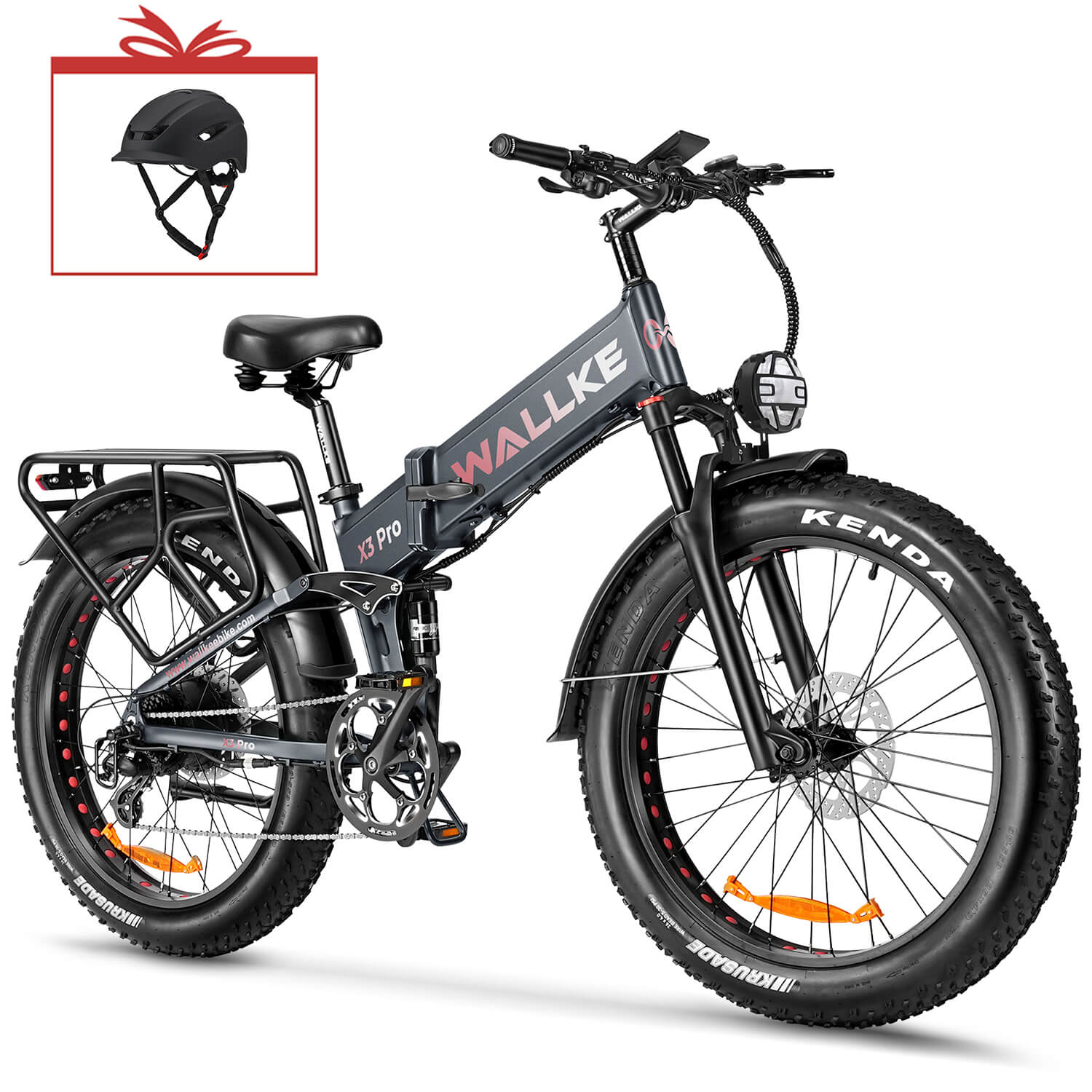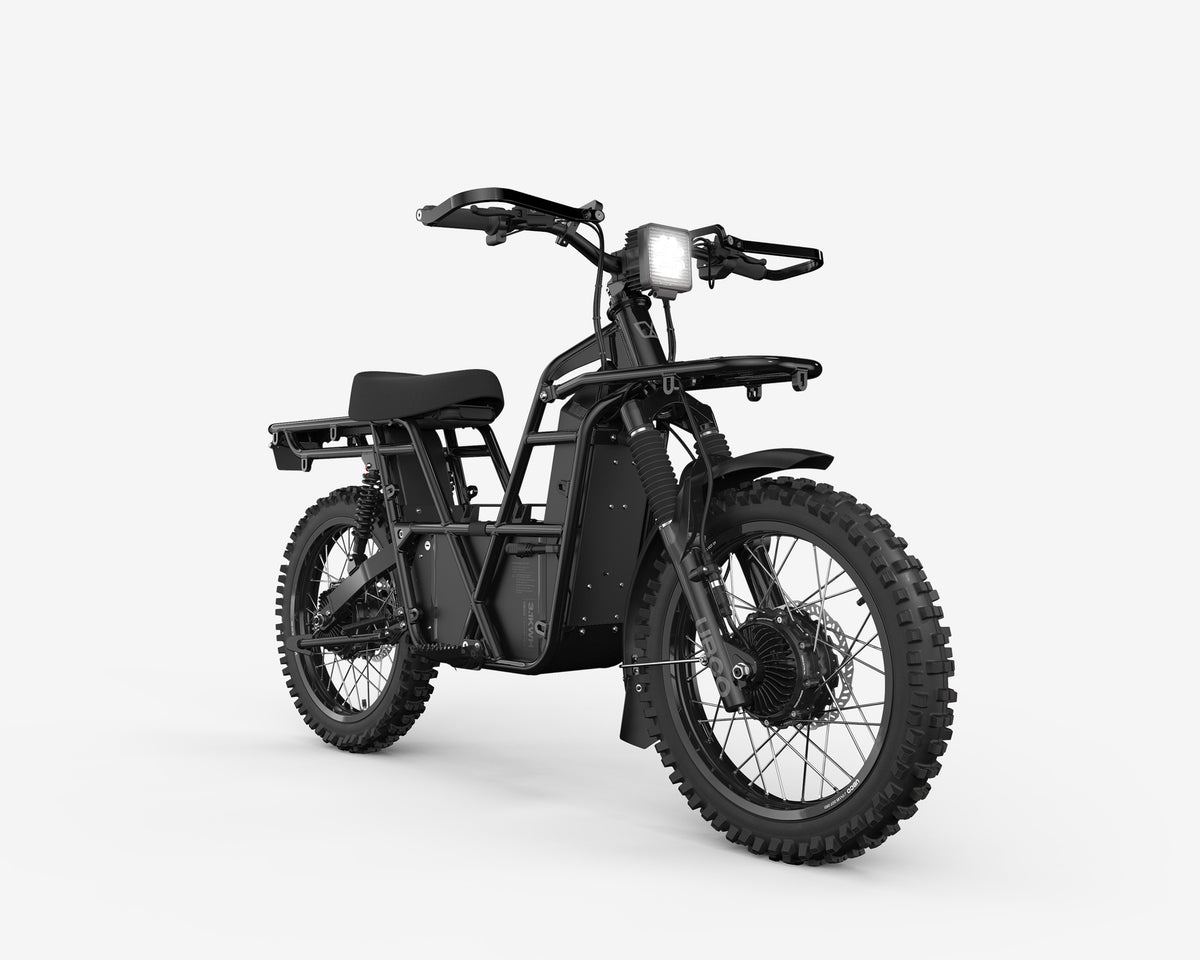Matto
New Member
Hello! Thanks in advance for your advice. I'm looking for an e-bike for use at our steep farm as a quieter alternative to our gas UTV when not needing to haul or tow. I know a mid-drive will suit my needs but are there geared-hub motor models out there that fit the following bill:
- Fat tire
- Capable of throttle-only hill starts and ascents up to 15% and 3/8 mile dirt and grass trails, occasionally steeper at times.
- Under $2,500
- Range not a big factor, all rides less than 10 miles, most less than 5.
- Pedaling will be limited.



